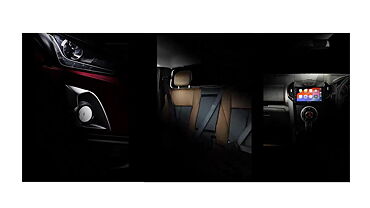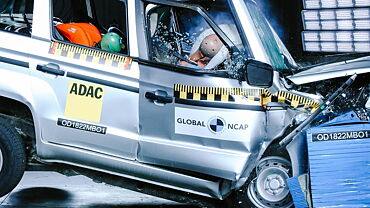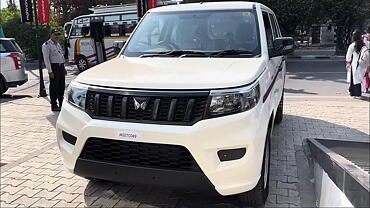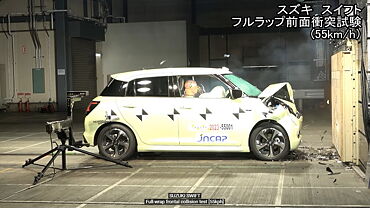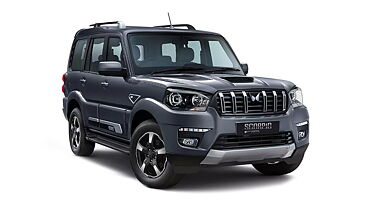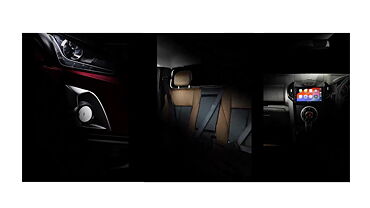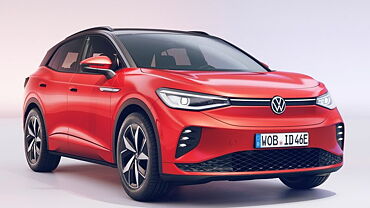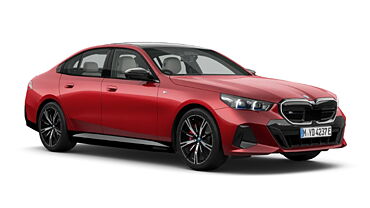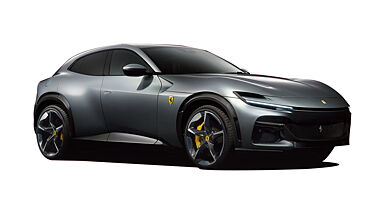The Government of India has directed car manufacturers operating in the country to raise the fuel efficiency levels in their models by 2.8 per cent annually. Along with this, it is expected to make fuel efficiency labels on new cars mandatory in the country as a part of the Energy Conservation Act. These labels will have to get clarification from an agency chosen by the government before being placed on the car.
Presently, the mileage delivered by the models of India's top 10 car makers, which account for 96 per cent of sales in the country, is 16.42 kmpl. It is said that the government has directed them to increase this figure to 18.15 kmpl by the year 2015 and 20.79 kmpl by 2020. Notably, the government has given the manufacturers such low targets so that they can easily compensate the costs incurred in Research & Development (R&D) exercises.
Manufacturers found to be violating the new mandates by the government can be charged with a fine of up to Rs. 10 lacs. Along with this, they can also be asked to pay an additional Rs. 10,000 on a daily basis, with a maximum limit of Rs. 46 lacs. Moreover, the models that do not comply with these new norms will be taken off the market, as per the directive.
Reportedly, car makers cannot roll out vehicles that have been given a rating lower than 'one star' in India. However, car manufacturers in the country have shown dissent to this proposal on various terms, whereas industry body Society of Indian Automobile Manufacturers (SIAM) has asked the government to lower the standards. In response, the national government has declared that such arguments are invalid, since a 2.8 per cent increase in fuel efficiency per year is not out of reach. It also said that higher norms will place the national automotive market on the same footing as the international market by the year 2020.
In this scenario, either the manufacturers will raise their standards or delete a few features from their models. In the first case, India will become at par with the world in terms of mileage without compromising on the grounds of safety, comfort and style. On the other hand, the price sensitive market may see the removal of some costly features, such as airbags and Antilock Braking System (ABS), which add weight to the vehicle. Keeping the latter in mind, the government may have to come up with some new directives for car manufacturers operating in India.



